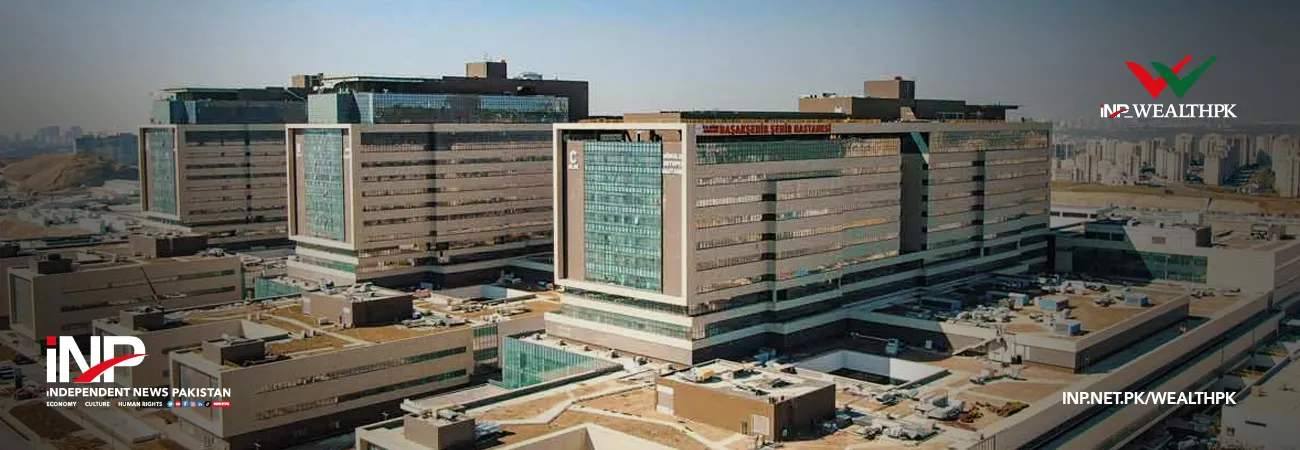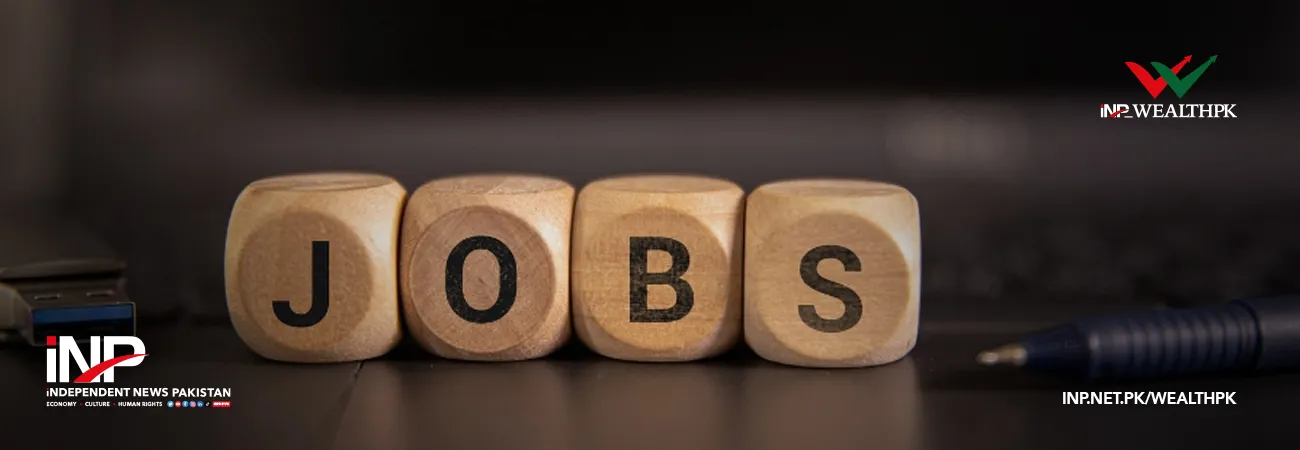INP-WealthPk
By Muhammad Mudassar ISLAMABAD, Feb. 28 (INP-WealthPK): The government should continue providing uninterrupted subsidised gas and electricity to textile sector because it significantly helps to compete in the international market, said Tariq Tayyab, Deputy Secretary of Pakistan Textile Exporters Association (PTEA). While talking to WealthPK, Tariq said that Pakistan’s textile export sector is currently facing a severe gas shortage. He said textile industry cannot run on electricity because the electric distribution system is not strong enough to bear the load. “If textile industry runs on national grids, there will be a tripping problem. Due to tripping issues, the cloth in the process is wasted. Textile industry needs uninterrupted gas supply with full pressure,” Tariq told WealthPK. The Government of Pakistan is taking different initiatives to increase exports. The government is also successful in increasing exports to some extent. The price of gas is fixed at $9 per mmbtu (million British thermal unit) for the export-oriented industries for FY 2021-22. The price of electricity is static at 9 cent per unit from November 2021 to March 2022. According to All Pakistan Textile Mills Association (APTMA), the tariff rate in Pakistan is higher than the neighbouring countries like India and Bangladesh. Pakistan’s exporters are paying $9 and $4.5 per MMBTU in Punjab and Sindh respectively. Export sectors of Bangladesh and India are paying $4.05 and $5.19 per mmbtu, respectively. In the case of electricity, the tariff rate for exporters in Pakistan and Bangladesh is same at 9 cent per KWh, but Indian export sector is paying 7.8 and 7.1 cent per KWh in Maharashtra and Punjab, respectively.
| Countries | Gas ($MMBTU) | Electricity (Cent/KWh) | ||
| Pakistan | Sindh | 4.5 | 9 | |
| Punjab | 9 | |||
| Bangladesh | 4.05 | 9 | ||
| India | 5.19 | Maharashtra | 7.8 | |
| Punjab | 7.1 | |||
Source: All Pakistan Textile Mills Association (APTMA)
The major consumers of electricity/gas are commercial, residential, industrial and agricultural sectors. The consumption of electricity and gas significantly reduced in Pakistan during COVID-19 pandemic because of less demand of products in the national and international markets. A significant improvement can be seen in the exports sector after ease in Covid-19 restrictions. The rise in exports is due to currency devaluation that makes Pakistan’s exports cheaper to the world. Among all export-oriented sectors, textile sector is on top. According to APTMA, Pakistan’s total exports in FY-21 were $25.3 billion, 18.3% higher than the previous fiscal FY20 ($21.4 billion). The major export contributors are textile, rice and sports sectors. Among the total exports, 61% ($15.4 billion) are associated with textile industry. [caption id="attachment_64236" align="aligncenter" width="450"] Export sector[/caption]
Export sector[/caption]
Source: State Bank of Pakistan
Export sector plays a vital role in creating job opportunities, revenue and foreign reserves. The government must facilitate export sector in terms of uninterrupted gas and electricity supply with long-term uniform and internationally competitive energy prices across the country to enhance productivity. The government can help exporters by importing energy-efficient machinery that could help save gas and electricity.












